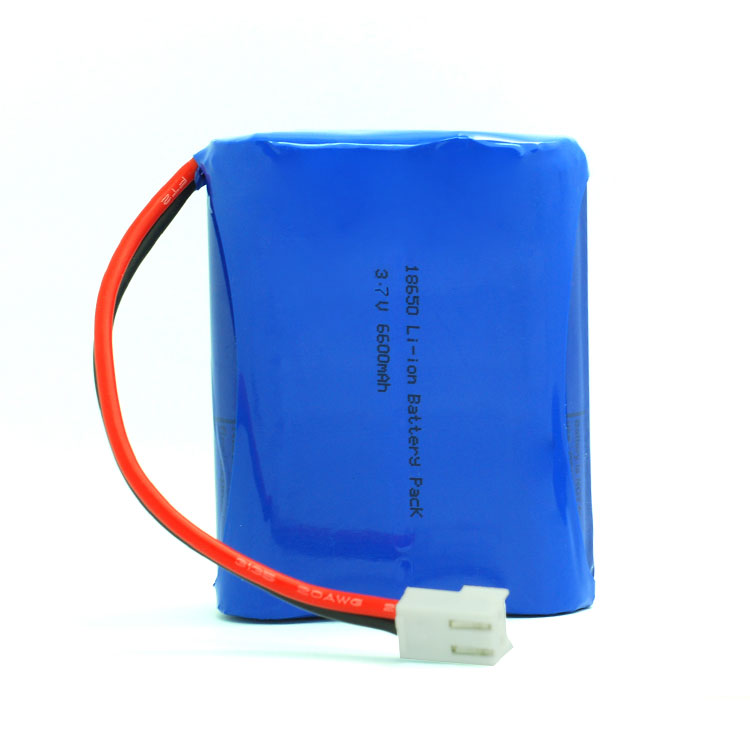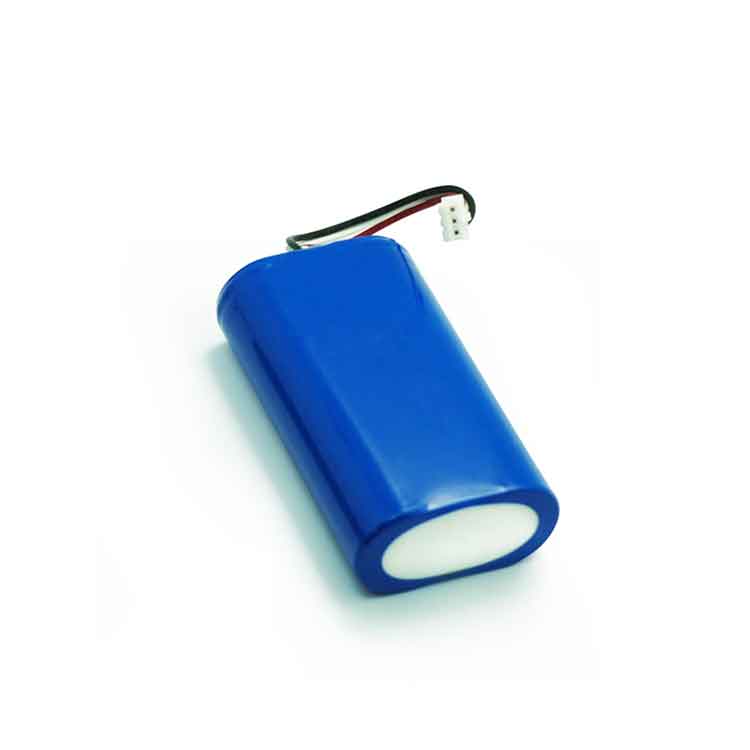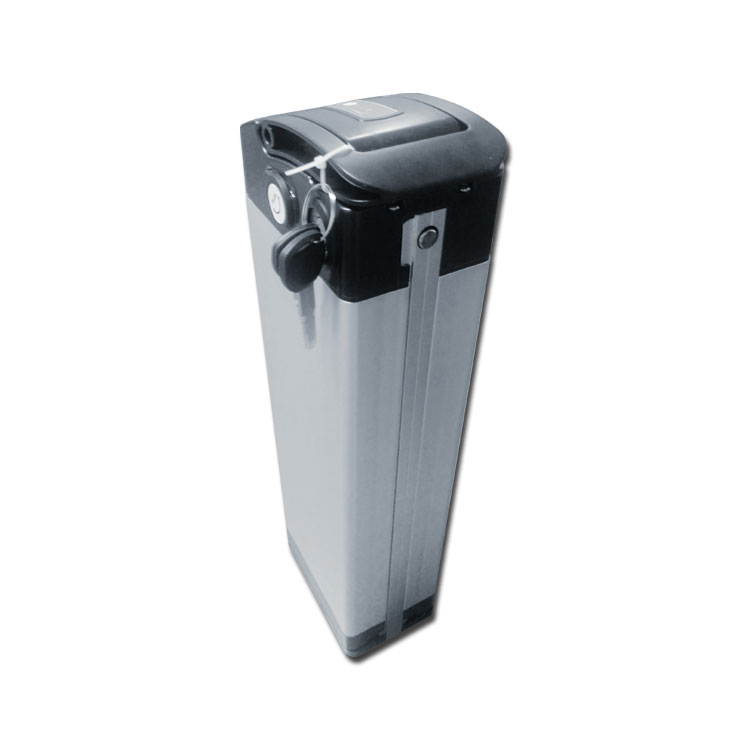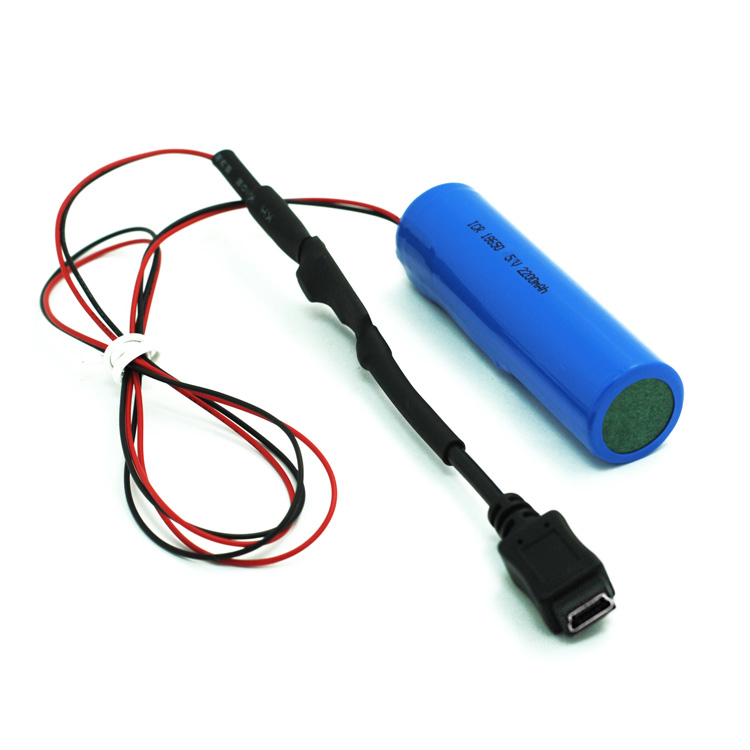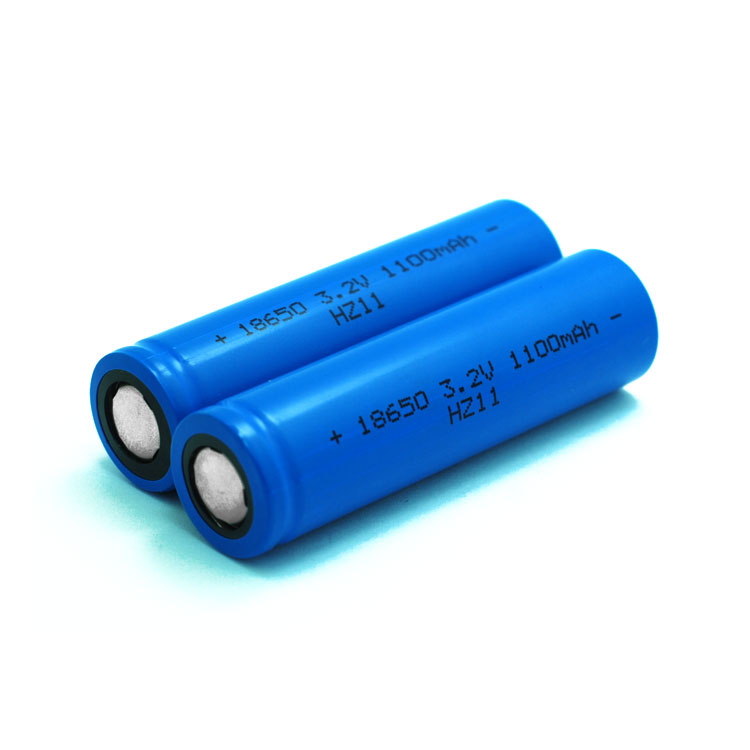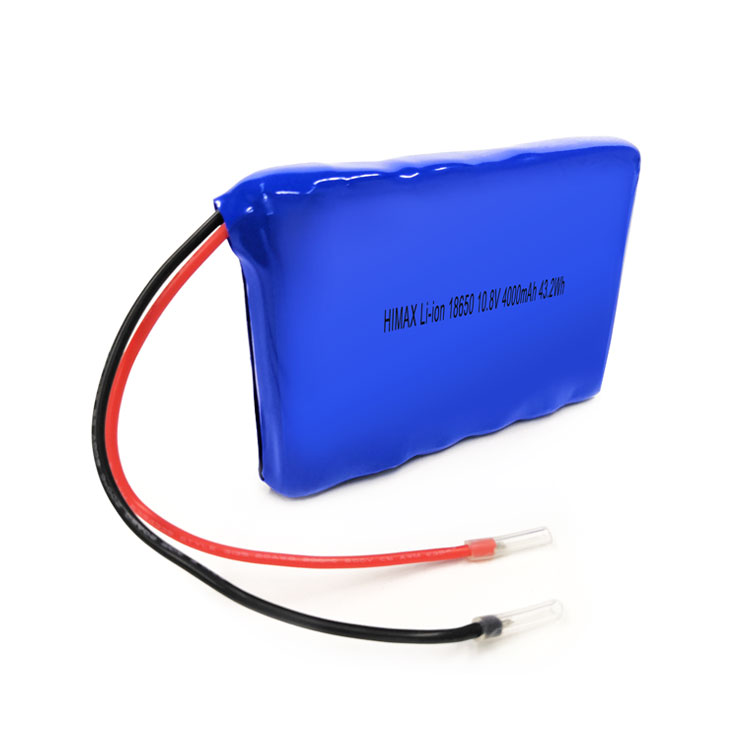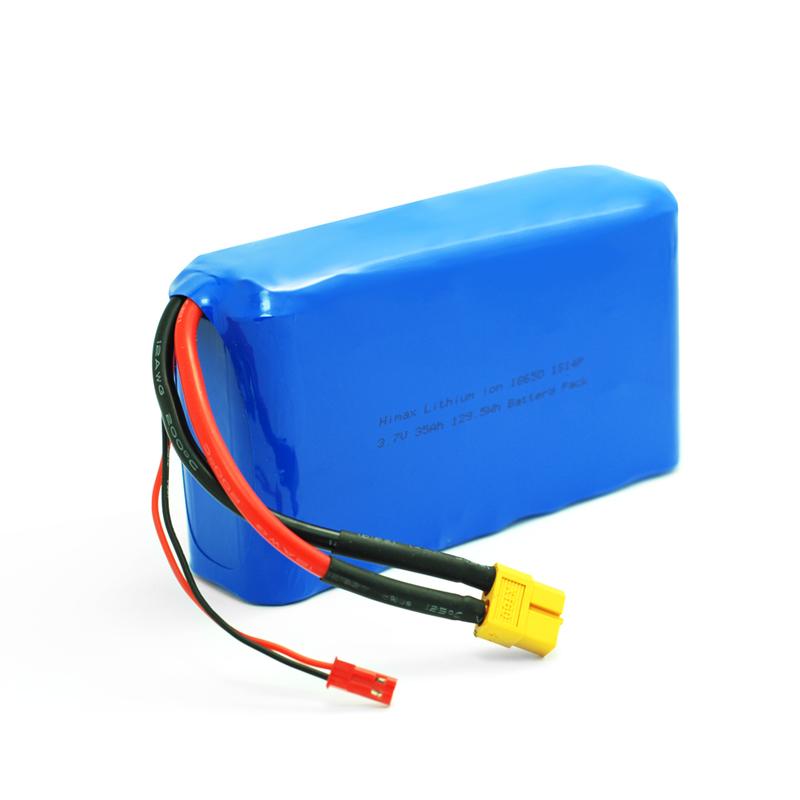Custom Lithium-Ion Battery Packs for B2B Applications
Himax Electronics: Premium Custom Lithium-Ion Battery Packs | Wholesale Manufacturer & Supplier
Himax Electronics is your trusted engineering partner and B2B supplier for high-performance, custom lithium-ion (Li-ion) battery packs. We specialize in designing and manufacturing reliable, high-energy-density power solutions for a diverse range of industries. From initial concept to mass production, we deliver Li-ion batteries that provide the perfect balance of power, size, and longevity.
The Himax Advantage: Engineered for Excellence
Our lithium-ion battery packs are built to meet the most demanding specifications, offering superior performance and value.
- High Energy Density: We leverage premium 18650 cells to deliver maximum power in a compact and lightweight form factor, making our packs ideal for portable and space-constrained applications.
- Long-Lasting Durability: Utilizing advanced battery chemistry and manufacturing techniques, our Li-ion packs ensure an extended cycle life (500-1500+ cycles) with minimal maintenance, reducing long-term operational costs.
- Versatile Applications: Safety is paramount. Every battery pack features a built-in Battery Management System (BMS) that provides comprehensive protection against overcharging, over-discharging, short circuits, and overheating for worry-free operation.
- Safety You Can Trust: Our expertise spans from consumer electronics to industrial tools, providing scalable production to meet your project’s demands, whether large or small.
Your Partner in Custom Battery Engineering
Your product is unique, and its power source should be too. Himax Electronics offers expert, end-to-end customization services to create the perfect battery pack for your application. We work with you on:
- Voltage & Capacity: Tailored to meet your specific power and runtime requirements.
- Dimensions & Form Factor: Custom shapes and sizes to fit perfectly within your device’s housing.
- Connectors & Wiring: Specific connectors, wire lengths, and gauges for seamless integration.
- BMS Configuration: Custom-programmed protection parameters for optimal safety and performance.
Powering a Diverse Range of Applications
- E-Mobility: High-output, durable battery packs for e-bikes, scooters, and other light electric vehicles.
- Solar Energy Solutions: Reliable and long-lasting batteries for solar street lighting, and off-grid power storage.
- Industrial & Power Tools: Robust packs that deliver consistent, high-current discharge for demanding equipment.
- Consumer Electronics: Lightweight and compact power solutions for portable devices and smart technology.
- Medical Devices: Safe, certified, and dependable batteries for critical medical equipment.
Customize Your Perfect Battery Pack
Himax Electronics offers expert battery customization services to meet your unique needs. Whether it’s a specific size, capacity, or connector, we’ll craft a solution that fits your device perfectly. Choose Himax Electronics to experience the exceptional value of high-performance lithium-ion battery packs and custom services. Explore our products or reach out today for a tailored solution!
FAQs about Lithium Ion Battery
What Is a Lithium-Ion (Li-ion) Battery?
What Are the Main Benefits of Lithium-Ion Batteries?
How Long Do Lithium-Ion Batteries Last?
Are Lithium-Ion Batteries Safe?
How Should I Use and Maintain a Lithium-Ion Battery?
Are Lithium-Ion Batteries Suitable for High-Power Devices?
Can Lithium-Ion Batteries Be Recycled?
How Can I Purchase Himax Lithium-Ion Batteries?
You can buy Himax lithium-ion batteries directly from our website, where we offer bulk purchasing and customization options to fit your needs. Contact us to get the right battery solution for your project!


